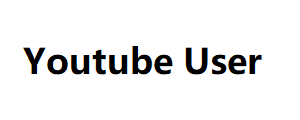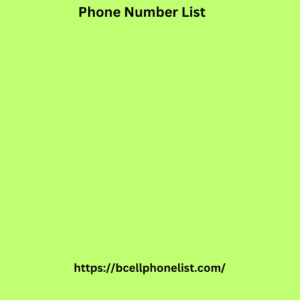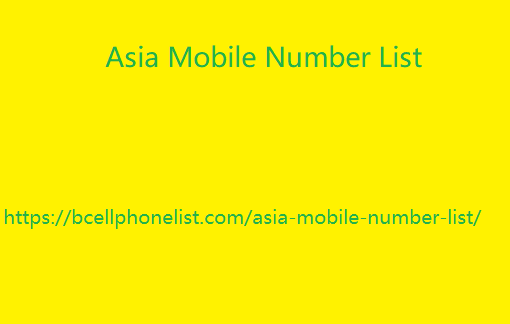of visitors didn’t make that initial visit. FYI, when you measure bounce rate on a campaign-specific landing page, bounce rate and conversion rate are inversely proportional. So if your bounce rate is %, your conversion rate is %.
Long story short: In the world of landing pages,
bounce rate measures the number of visitors who didn’t convert. How do I understand my bounce rate? You should always study bounce rate based on the subject and goal of your page. Certain types of sites tend to have higher bounce rates than others. Blog pages have an average bounce rate of 5.5% to 6.5%, content sites have an average bounce rate of 1.5% to 2.5%, and service sites have an average bounce rate of 2.5% to 3.5%. Bounce rates vary with different goals. page types. If your blog posts have a high bounce rate, that’s a lot easier to understand than if your homepage has a high bounce rate.
While your blog post may have a goal that can be accomplished on the page, the goal of your homepage is to direct visitors to other pages in the first place. Landing pages are a whole other beast. Remember how marketing campaign landing page bounce rate is the inverse of conversion rate? Conversion rates vary by industry, page goal, and even factors like ease of reading (see chart below). So it’s no surprise that bounce rate can be affected by those same factors. Image courtesy of Conversion Benchmark Report As you can see, median bounce rates by industry range from…% to .%, so it’s common to have bounce rates above %.
However, when it starts to rise above the industry average,
it’s time to look for a solution. 10 Common Re List of norway Cell Phone Numbers asons for High Bounce Rates and Their Solutions If your landing page has a higher bounce rate than normal for your industry, it could be due to one of three common reasons. Don’t worry — they all have fixes you can implement right away. . Lack of Relevant Content Since landing pages are focused on conversions, they should be equally focused on visitors. Different audiences have unique tastes, goals, and knowledge levels. When you try to reach everyone and make your landing page vague, it ends up not resonating with anyone.
Many relevance issues are related to the sales funnel.
You can’t try to close a sale with a customer at Turning Browsers into Buyers: Effective Strategies for Lead Generation the awareness stage, and warmer prospects don’t respond well to surface-level content. Products Solutions Pricing Learn Contact Search: Login/Landing Page Design How White Space Can Boost Your Landing Page Conversions By Josh Gallant, 2017-03-11 .., Landing Page Design Minimalist painter Jo Baer’s Primary Colors: Red, Green, Blue features three white squares surrounded by black and colored stripes.
Thanks to human psychology, the blocks appear to float.
Image courtesy of the Museum of Modern Art The Primary Colors: Red, Green, Blue shows that you don’t have to cover the entire canvas to make a strong impression. The same rule applies to landing pages. In fact, you probably don’t want every inch of your landing page to contain content. Sometimes, less is more. White space offers a ton of benefits to the flow, structure, and impact of your landing page. Want to learn how to harness the power of white space to craft a killer landing page? This blog will cover what white space is, how it can improve your landing pages, and how to tap into its potential.
What is white space used for? In landing page design,
white space (sometimes called negative space) is the space between design elements. Despite the name, white space isn’t necessarily white or blank. It can have color or even be a background image. Think of it as the area between focal points. There is micro and macro white space for landing pages, as Creatopy explains: Micro white space is the space between small elements — the space between icons or the spacing between lines of text. Macro white space is the space between large elements like graphics and columns of text. Let’s use one of our high-converting lead generation page examples to show macro and micro white space in action.
Image courtesy of ckbk On the right, you’ll see a good amount of macro whitespace, which helps lead the eye toward the copy and CTA on the left side of the page, and then down toward the app displayed on the tablet. Image courtesy of ckbk To the left of the title, you’ll find three areas of micro whitespace, which separate the title, subtitle, form fields, and submit button. Image courtesy of ckbk So, as you can see, you can use both micro and macro whitespace in your landing page design to separate and highlight different elements. Whitespace increases readability




